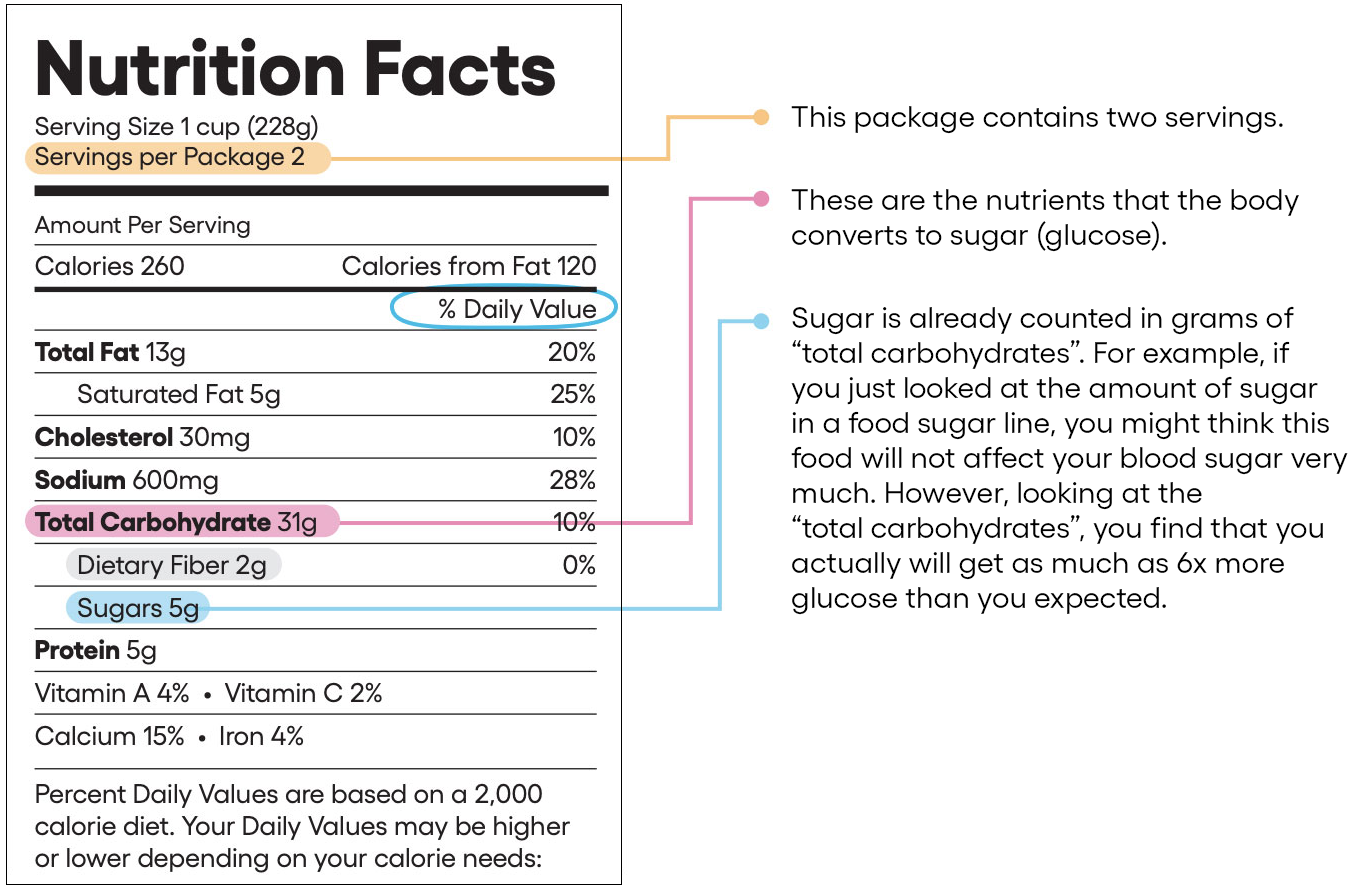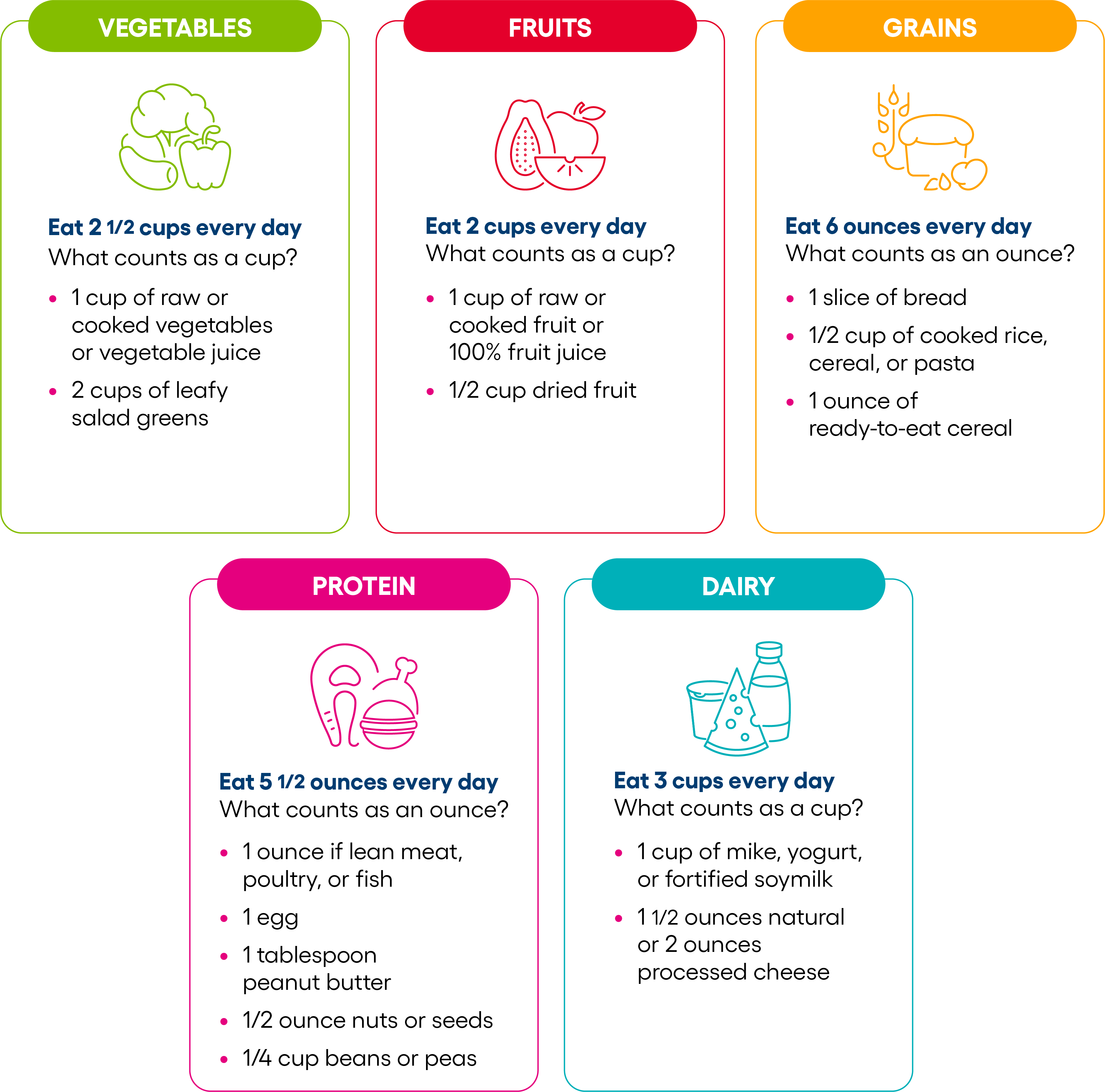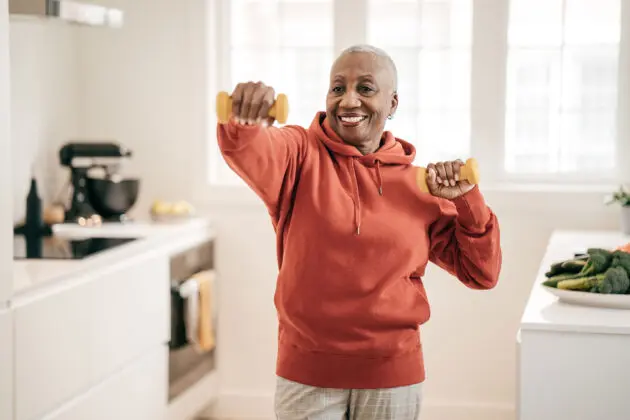
Paying attention to nutrition is an important part of staying healthy. This is especially true if you have a medical condition such as diabetes or kidney disease, or take a medicine that affects your nutritional needs or appetite.
Not sure where to begin? Nutrition can be confusing or overwhelming, so you’re not alone there. Talking to your health care provider or a registered dietitian is the best way to get started with the basics, and there are many things you can do on your own.
Change Your “Dieting” Mindset
One of the first steps is reshaping how you think about nutrition and diet. Often, people “go on a diet” and make big changes that are hard to stay with. A better way to start: Create a long-term eating plan that focuses on meeting your nutritional needs rather than on reaching a target weight, and that includes the foods you like.
Skipping the diet mindset also helps you avoid the all-or-nothing trap and focusing on what you should — or shouldn’t — eat. When your eating plan leaves room for foods you like or for treats, you can have a piece of cake at a birthday party and know you’re still on track.
If you do overindulge, give yourself grace. Judging yourself harshly can take a toll on your mental health. Trade thoughts like “I was bad today” or “I cheated” with ones like “It’s OK, and now it’s time to get back on track.”
Learn to Read Food Labels
The information you need to make decisions about healthy eating is at the ready on food labels. Here’s some information that will help you make sense of them.
Food labels are broken down by nutrients, with two numbers next to each one.

The first number is the amount of that nutrient you will get in each serving of the food item. The second is number is the % daily value, which tells you how much of the recommended daily amount of that nutrient one serving of that food will give you. So using the label above, one serving (half of the package) contains 600mg of sodium (salt), or about one-fourth of what you’re supposed to eat in a day.
As you look at nutrition labels, keep in mind:
- The % daily value is based on a 2,000-calorie-per-day diet. A dietitian can help you determine your daily needs so that you can calculate your actual % daily value.
- Many labels contain information only about a single serving, but packages often contain multiple servings. You might drink a 20-ounce bottle of iced tea at lunch, but the nutrition facts label may say it’s 2.5 servings!
- Nutrition information will change depending on how you prepare a food. A serving of boxed mashed potato mix might be 150 calories. But if you use skim milk and the nutrition information is based on low-fat milk, you will get fewer calories than what’s indicated on the box.
If you have a medical condition, or take a medicine, that affects your nutritional needs, VNS Health can help you figure out what to eat. Contact VNS Health about home care or personal care.
Balance Your Plate, Balance Your Diet
Just because a food is “healthy” doesn’t mean you can eat unlimited amounts of it. Similarly, you might not need to completely cut out food you think of as unhealthy. The key is balancing your diet so that you meet most of your daily nutritional needs.
Here are general guidelines for a healthy person who eats 2,000 calories per day.
To find amounts personalized for you, visit www.ChooseMyPlate.gov.

Be Careful About Supplements
Some supplements can help you meet your daily nutritional needs, especially if your diet is restricted because of a medical condition like Crohn’s disease or celiac disease, you are postmenopausal, or you typically don’t get five servings of fruits and vegetables per day.
However, supplements can be harmful if you take too much. Certain supplements can also interact with your medicines. Talk to your provider before starting supplements, particularly if you have heart disease, diabetes, or high blood pressure.
Plan Your Meals
Planning your meals can make you more likely to eat homemade meals rather than eating out or ordering in. Homemade meals are usually lower in calories, fat, and sodium than restaurant meals. Meal planning makes following your eating plan easier, causes less stress about choosing what to eat, and may even save you money.
Here are a few ways to make meal planning successful:
- Make foods that can be used in several different recipes throughout the week. For example, make pulled chicken breasts in a slow cooker and use it in salads, soups, or wraps.
- Choose a specific night of the week for meal prepping.
- Find recipes that don’t require standing or moving around for long periods of time.
- Make a grocery list before going to the store so that you don’t forget something and throw off your meal prep.
Home health aides who provide personal care can help you with shopping, cooking, and tidying up. Learn more about personal care at VNS Health.



